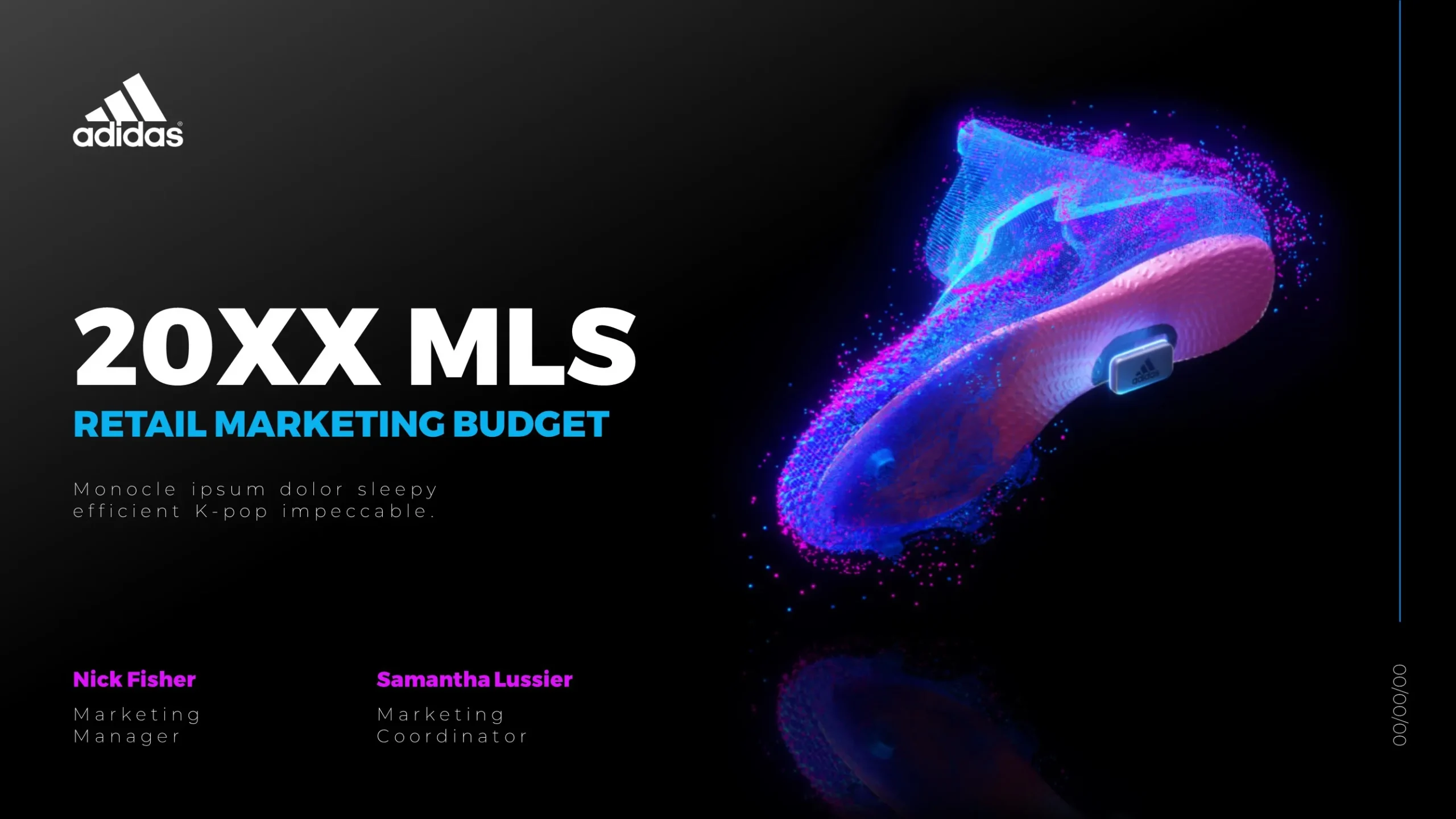Designing an academic conference PowerPoint presentation requires careful consideration of several key elements to effectively communicate your research findings. Here are the crucial areas to focus on:

1. Content Clarity
The first step is to ensure that your content is clear, concise, and easy to understand. Avoid using jargon or complex terminology that could confuse your audience. Instead, use simple, everyday language to explain your ideas. Also, be sure to provide context for your research and explain why it’s important.
2. Visual Appeal
Visual appeal is another critical factor in designing your presentation. Use high-quality images, graphs, and charts to present your data in a visually appealing and easy-to-understand manner. Remember, your slides should enhance your presentation, not distract from it. So, avoid using flashy animations or too many colors.
3. Logical Structure
Your presentation should follow a logical structure that guides your audience through your research process. Typically, this should include an introduction, a methods section, results, and a conclusion. Each slide should flow naturally into the next, creating a cohesive narrative for your audience to follow.
4. Consistency
Maintain consistency in terms of the colors, fonts, and formatting used throughout your presentation. This helps to create a professional look and feel, and also makes your presentation easier to follow.
5. Practice
Lastly, don’t forget to practice your presentation. This will help you become more comfortable with the material and allow you to gauge how long the presentation will take. Remember, your verbal presentation should complement your slides, not simply repeat what’s on them.
At SlideGenius, we specialize in creating professional, engaging, and effective PowerPoint presentations. We understand the unique needs of academic presentations and can help you design a presentation that not only showcases your research but also engages your audience and communicates your findings effectively.









